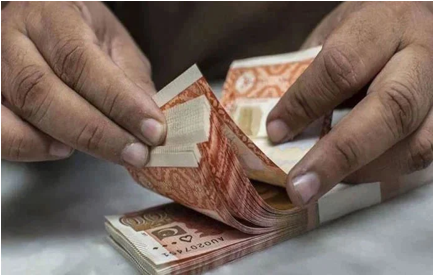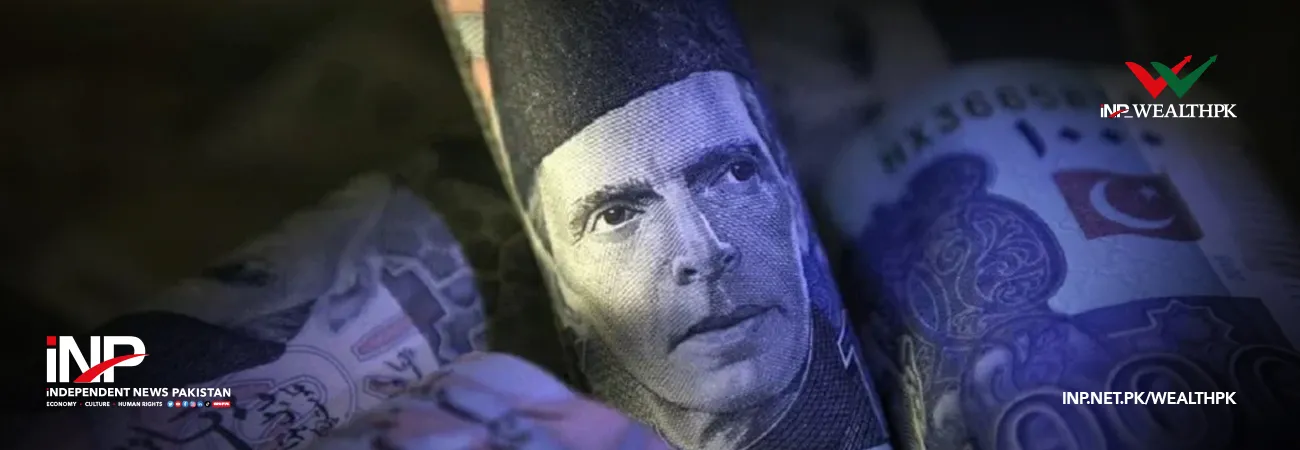INP-WealthPk
Moaaz Manzoor
The Pakistani rupee depreciated by 0.04% against the US dollar in the interbank market on Tuesday, May 27, settling at 282.17. This minor slide occurred after the close at 282.06 the previous day, reports WealthPK.

The rupee’s continued weakness is unfolding against a complex global backdrop where investor confidence in US assets has been dented due to the domestic fiscal debates and volatile tariff signals from Washington. Although the dollar has lost some ground internationally, notably after Moody’s downgraded the US sovereign credit rating and as the euro gained momentum, Pakistan’s local currency remains under pressure, primarily due to the structural economic challenges.
Speaking with WealthPK, Muhammad Bilal Ejaz, a research analyst at Ismail Iqbal Securities, explained that the rupee’s persistent decline is tied to Pakistan’s heavy dependence on imports for essential commodities such as fuel, machinery, and agricultural inputs. “As the rupee depreciates, the cost of importing these items rises, triggering cost-push inflation in the domestic market,” he said. While the global oil prices currently offer some temporary relief by staying within the USD 60–65 per barrel range, well below the earlier average of USD 80, this cushion is fragile.
“This lower oil price is not a reliable long-term shield,” he warned, highlighting that any spike in global energy prices could quickly exacerbate inflationary pressures. Nimra Saleem, a researcher and economist at the Policy Research & Advisory Council (PRAC), echoed these concerns, emphasizing that the depreciation has profound implications for the broader inflation outlook. “Most of Pakistan’s critical imports have inelastic demand.
As the currency weakens, the import bill for fuel, food, and machinery inevitably climbs. The result is a surge in input costs for domestic industries, such as textiles, pharmaceuticals, and food processing, which ultimately pass the higher prices on to the consumers. “This imported inflation, compounded by the rising fuel and transport costs, directly erodes the purchasing power of households, especially the low and middle-income groups,” she stated.
While a weaker rupee could make exports more competitive, Saleem pointed out that this benefit is limited. “Due to limited diversification and deep-rooted inefficiencies in Pakistan’s export sector, the supposed export gain is not fully realized,” she added. Experts agree that without addressing structural economic issues such as low export diversification and dependence on imported essentials, the rupee will remain exposed to both global shocks and internal inefficiencies.
Even as international oil prices have softened for now, the domestic economy’s sensitivity to currency swings continues to pose serious inflationary risks. The rupee’s depreciation may seem modest in numeric terms, but its cascading effect on import costs, inflation, and public welfare, especially for lower-income groups, is significant. Experts recommend structural reforms to stabilize the currency and mitigate long-term inflationary pressures.
Credit: INP-WealthPk













